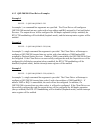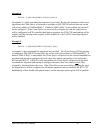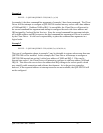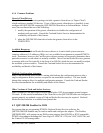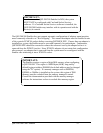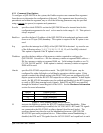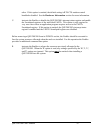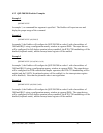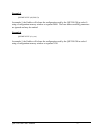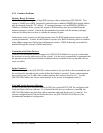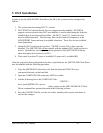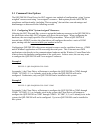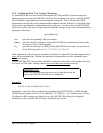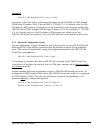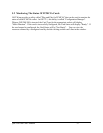
4.2.2 QSP-200/300 Enabler Examples
Example 1
QSP200EN.EXE
In example 1, no command line argument is specified. The Enabler will report an error and
display the proper usage of the command.
Example 2
QSP200EN.EXE (s0,b300,i5)
In example 2, the Enabler will configure the QSP-200/300 in socket 0 with a base address of
300H and IRQ 5 using a configuration memory window at segment D000. The output drivers
will be configured for full duplex operation (always enabled), the RTS-CTS handshaking will be
disabled (loopback mode), and the interrupt status register will be enabled.
Example 3
QSP200EN.EXE (i10,u,b340,s1,o1,h)
In example 3, the Enabler will configure the QSP-200/300 in socket 1 with a base address of
340H and IRQ 10 using a configuration memory window at segment D000. The output drivers
will be configured for DTR controlled half duplex operation, the RTS-CTS handshaking will be
enabled, and the UARTs' Scratchpad registers will be enabled (i.e. the interrupt status register
will be disabled). Note that the parameter order is not significant.
Example 4
QSP200EN.EXE (s0,b300,i3,wd8)
In example 4, the Enabler will configure the QSP-200/300 in socket 0 with a base address of
300H and IRQ 3 using a configuration memory window at segment D800. The output drivers
will be configured for full duplex operation (always enabled), the RTS-CTS handshaking will be
disabled (loopback mode), and the interrupt status register will be enabled.
QSP-200/300 User's Manual 26




